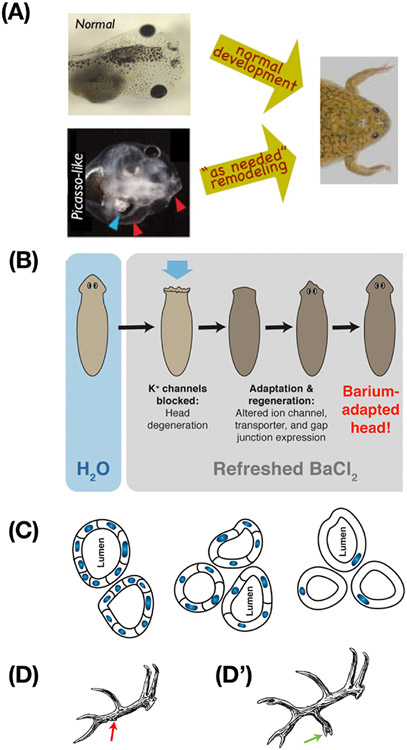Figure 3: Problem-solving by cells and tissues.
(A) Tadpoles must rearrange their face to become frogs. But, even experimentally-scrambled tadpole faces become normal frog faces as the organs move in novel paths appropriate to their aberrant locations. This illustrates the problem-solving capacity of cellular collectives: they do not merely execute the same hardwired motions each time, but move as needed to reach the frog face target morphology, despite novel circumstances. (B) This ability to navigate a problem space despite novel interventions and scenarios extends to physiological and transcriptional spaces. Planaria soaked in the potassium channel blocker barium experience rapid head degeneration, but soon regenerate new heads that are barium-adapted. This occurs by identifying which genes to turn on and off (only a handful) to enable cells to function despite barium. Since planaria have not evolved under environmental pressure to resist barium, this navigation of gene expression space is a solution to a novel problem. (C) Kidney tubules in newts (seen here in cross-section) develop to a specified diameter regardless of the size of the component cells. When the cells are experimentally forced to be much larger, fewer of them gather to make a tubule of the same size. When they are gigantic, a single cell will bend around itself to generate the lumen. In this case, the solution to a novel problem occurs via different molecular mechanisms depending on cell size (cell:cell communication vs. cytoskeletal bending). (D,D’) Trophic memory is evidenced in seasonal regeneration of deer antlers. Damage in one year (D) alters the stable, stereotypical memory of the antler structure and causes new tines to appear in the same location when the entire rack is re-grown in the subsequent year (D’). Images in A courtesy of Douglas Blackiston and Erin Switzer, used with permission from [71]. Panel B used with permission from [22]. Image in C courtesy of Jeremy Guay of Peregrine Creative, used with permission from [14] and adapted from [164] with permission. Images in D,D’ used with permission from [2].

